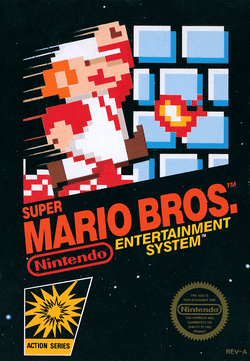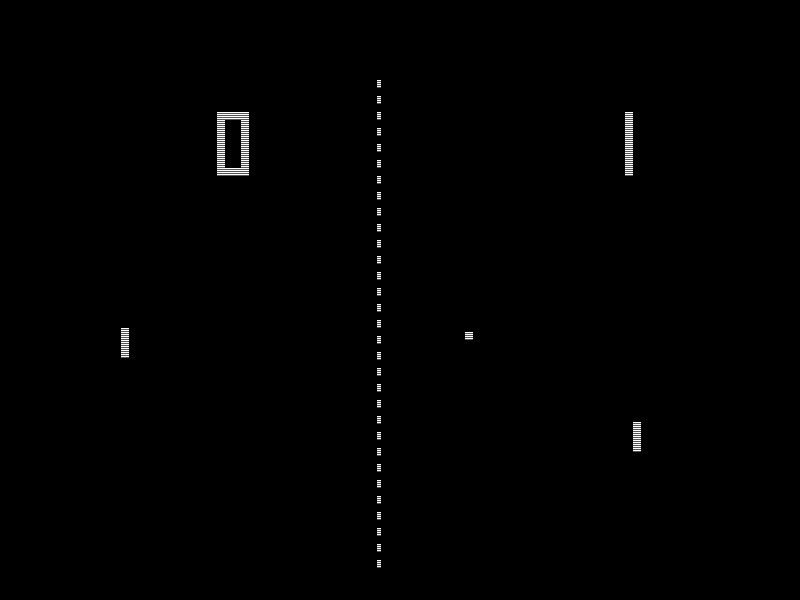Do you remember opening your shiny new Playstation 2?
All the perks of the original Sony console but with something that seemed much
more refined and futuristic about it – plus you could watch DVD’s, and let’s
face it, that did change the world.
Enough
about a once new console. I’m more interested in the best selling game of that
console, arguably the best in its prestigious and long running franchise, Grand
Theft Auto: San Andreas.
This
gives real impetus to the ‘Game that changed the Industry’ tag line of the
column. A truly massive game for its time both in terms of sales and in game
space. Though there had been other open world games before this point, none had
really brought all of the key aspects together coherently in the way GTA: San
Andreas did.
This was the first truly open game to make a big impact on our
consoles.
One
of the best things about the free roaming in San Andreas though was its ability
to keep you interested. There was a main plot along with numerous side ‘quests’
for when running around causing complete havoc lost its appeal. The refreshing
openness to maintain a balance of crazy and down right ridiculous really made
this stand out in what was turning into the very serious business of video
games.
Beyond
the gameplay aspects, which undoubtedly give the game a place in this column,
there is another important reason here that could be taken by any of several
big games in the period. For the first time in thirty-five years it wasn’t
Nintendo that was making the best games. There were other serious options out
there and people were beginning to think that actually these new options might
actually be better.
Selling
27 millions copies, this was the best selling game of 2004 and on the PS2,
making it the 10th best selling console game of all time with
several very successful follow ups. Not all that surprising really, is it?







